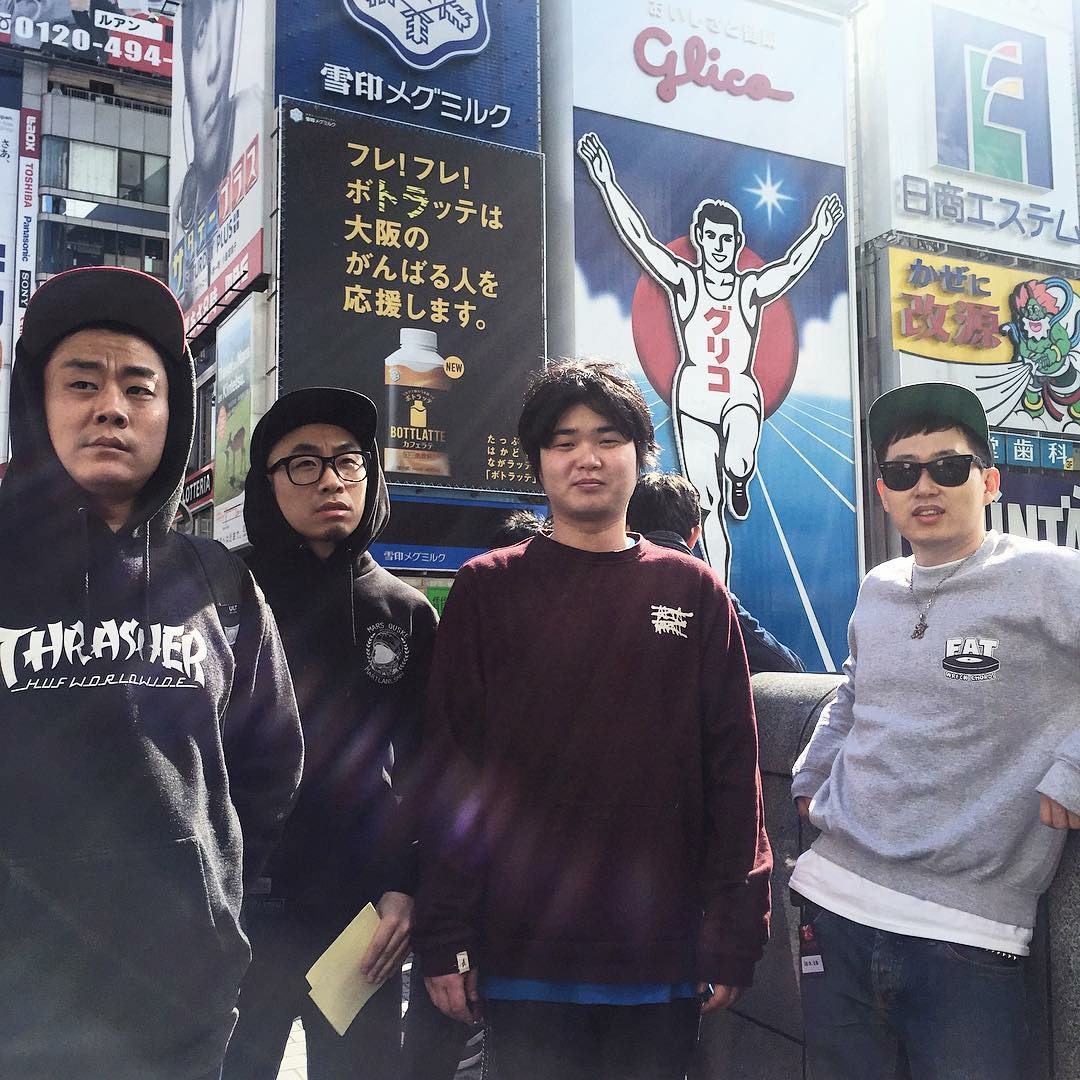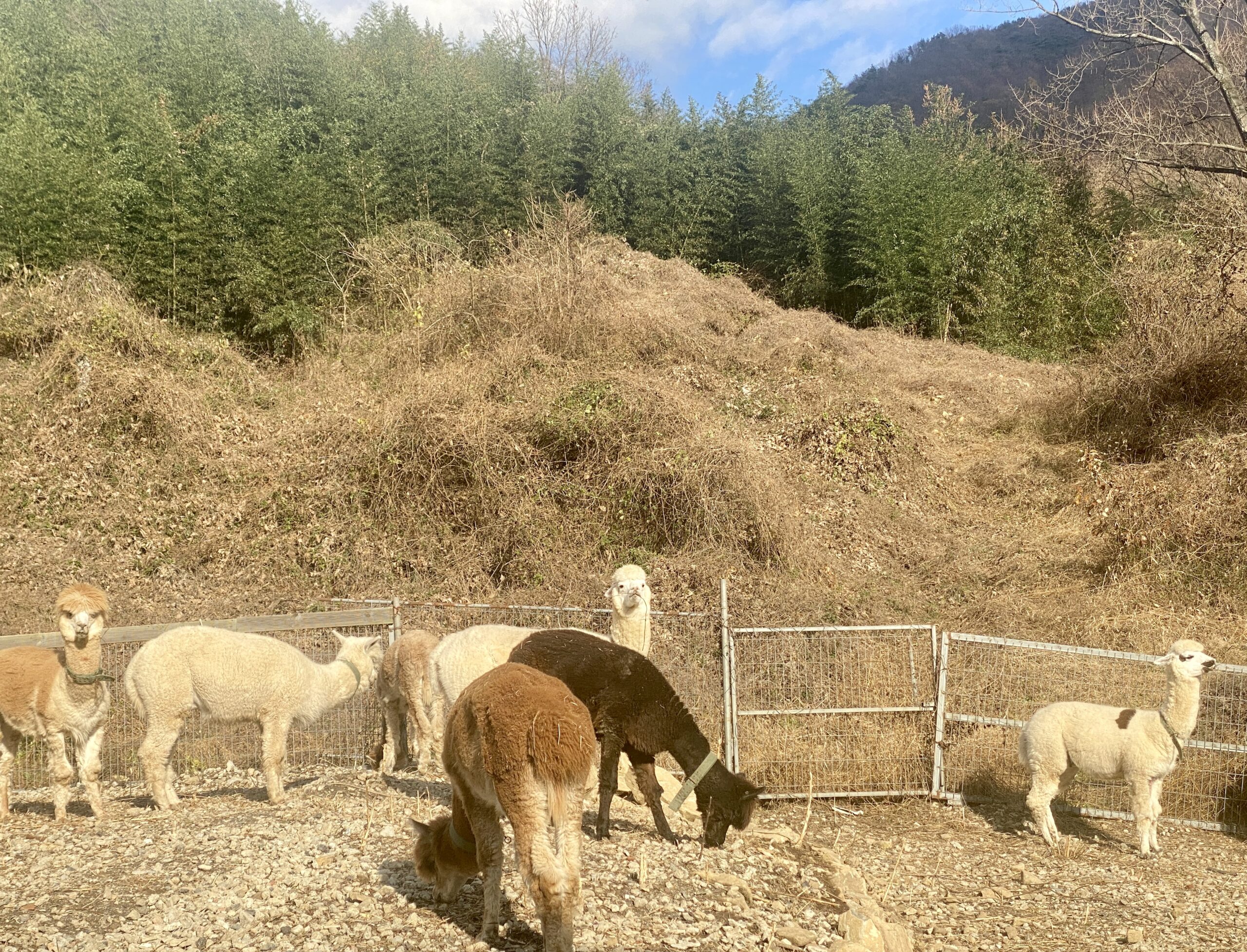Seollal
(Originally Published in Gwangju News February 2007 Print Edition)
Story by Maria Lisak
Technology research compiled by Suhyun Lee
Money….
What a modern day Korean youth thinks of Seollal. Money is given to the child or young adult and is accumulated for living costs throughout the year. Yeah, people also go to tombs and bow to their ancestors and parents, all wearing their hanboks. They eat ddeok-guk and some may still visit their hometown in the country. Or perhaps play traditional games like the standing see-saw or stick baseball. But these days, youth believe “It’s all about the money.”
Contrast this to Mr. Lee Byeung Chul’s recollection of what Seollal means to him. Mr. Lee, a GIC member, retired English teacher, and cultural tour translator, took me back in time with his story. As we traveled the storytelling routes of the past, voices of my own father (a die-joke and storyteller, as well as my eldest brother, Kevin, modern family bard and repository of all family history) echoed as we sped back in time to Mr. Lee’s youth.
“Tonight we stay up all night,” Grandmother said to six year old Lee Byeung Chul. “We don’t sleep. Why? If we sleep, then the next day, New Year’s day, our eyebrows will be white!” With facial expressions evocative of the best pansori performers, Mr. Lee showed childlike surprise as he recalled the memories of his granny telling him this story when he was six years old.
Mr. Lee remembers a youth of bonfires at Seollal time. He and his brothers would play “Yutnori” all night. In the morning, tired from playing all night, they would be pressed and dressed in new hanboks, “Seolbim,” for the bowing ceremonies. They would bow to their ancestors’ mark, bow to their parents and finally food. Ddeok-guk, a traditional treat, is freshly-made rice cake logs sliced into ovals. Mr. Oh Yong Sup (GIC member, retired teacher and also a cultural tour translator) remembers ddeok-guk sliced to look like eggs. When the relatives arrive there is more bowing to each other, even for the same generation of relatives. Chimes of “Happy New Year” ring the house as everyone shares good wishes for the new year.
What I enjoyed most from Mr. Lee’s story is his fond details of the traditional Korean games he played as a youth. The intensity and passion of his recollection helped me understand even the smallest detail of the games. Rounding his eyes and throwing his head back, describing the beautiful girls in hanboks jumping up and down on the see-saw on a cold crisp winter day. And then, kite flying, “yeon nalligi”. Kites made by him, his brothers, and sometimes his parents were drawn to help me understand the detail of the different shapes – shield, diamond, and square shapes.
These days, Mr. Lee still heads back to his hometown. They set a table for his ancestors, bow and go to the mountainside tomb. There is more bowing and food and drinks are offered in service to his ancestors. But these days, fewer people are making it to the mountainside tomb for this offering.
Due to distance, many people are unable to go to their hometown to reconnect to the agrarian roots of their ancestors. The guilt and discomfort of not honoring the most important Korean holiday is assuaged somewhat by the use of technology.
New online companies have emerged to let those who can’t travel to the site still bow to their ancestors. Online companies such as Yeongrak Gongwon (Memorial Home) or Cheongah Park take a picture or video of the site, and then the offering can be made at home using an updated print out or the computer screen as a virtual, visual connection to the tomb.
Korea has come a long way fast in the past 60 years. In Mr. Lee, Mr. Oh, and Mr. Bae Nam Gu’s time, having little to eat on a daily basis and then eating rich foods on the holiday caused much discomfort and other illnesses. As a youth, Mr. Bae, GIC member and retired teacher, remembers getting sick from Seollal food because his stomach just couldn’t handle so much food at once.
These days Koreans may not suffer from hunger, but a discomfort still permeates some Koreans’ lives because of modernization and urbanization trends. Technology is a band-aid for families unable to go to their hometown or to their ancestors’ mountainside tomb. But no amount of technology can replace the richness of a family’s laughter, the kitchen scents of deliciously cooked food, the good times of games or the sense of connected identity from a simple, respectful bow linking you to your ancestors, your roots as you bow down to touch your head to the land of your ancient family.
So, is it really about the money?
From the author: “Special thanks to Mr. Byeung Chul Lee, Mr. Yong-sup Oh, and Mr. Nam Gu Bae. I appreciate their time and their willingness to conduct our interview in English. I am also grateful to SeRyung Park and SungGon Kim for acting as back-up translators for the interview process.”





3 thoughts on “Seollal”